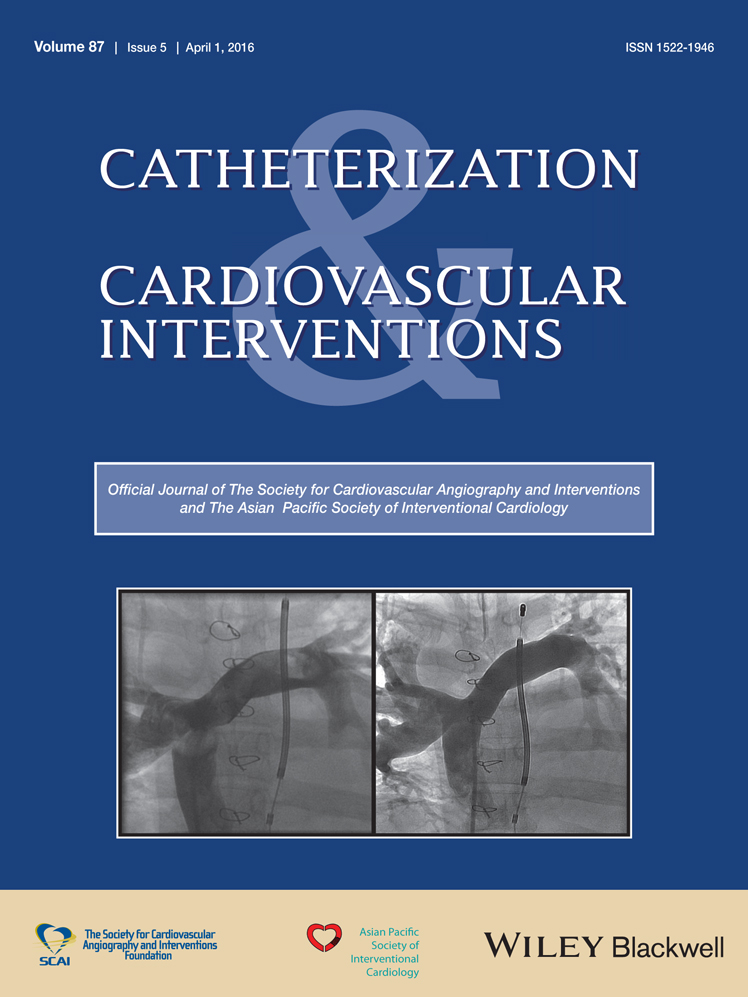Streamlining the learning process for TAVI: Insight from a comparative analysis of the OCEAN-TAVI and the massy registries
Conflict of interest: Dr. Hayashida is a proctor for transfemoral-TAVI for Edwards Lifesciences. Dr. Lefèvre is a proctor for transfemoral-TAVI for Edwards Lifesciences, and is a consultant for Symetis, Directflow and Medtronic. Dr. Chevalier is a consultant for Medtronic. The other authors report no conflict of interest.
Abstract
Backgrounds
To facilitate the learning process of transcatheter aortic valve implantation (TAVI) in Japan, unique supporting systems (e.g., on-site proctor and web-based screening systems) have been developed. Nevertheless, little is known about real-world clinical outcomes after TAVI in Japan compared with their European counterparts.
Methods
From the optimized catheter valvular intervention (OCEAN-TAVI, Japan) and the Institut Cardiovasculaire Paris Sud (Massy, France) registries, we evaluated a total of 134 and 178 patients, respectively, who underwent transfemoral TAVI during the same time period.
Results
Among the French cohort, about half of the patients (N = 81, 45.5%) were treated with the Edwards SAPIEN XT. Body surface area was significantly smaller in the Japanese cohort, although operative risks for both cohorts were almost the same. A greater percentage of patients in the Japanese cohort were implanted with 23 mm valves compared with the French cohort (73.1% vs. 23.0%, P < 0.001), reflecting the smaller annulus diameter (21.8 ± 1.6 vs. 23.8 ± 2.4 mm, P < 0.001). All-cause 30-day mortality (0% vs. 0.6%, P = 1.000) and 30-day combined safety endpoint based on the Valve Academic Research Consortium 2 (VARC2) criteria (9.7% vs. 11.2%, P = 0.713) were similar when limiting the analysis to patients treated with the Edwards SAPIEN XT.
Conclusions
Despite the unfavorable aortic anatomy of the Japanese patients, their clinical outcomes after transfemoral TAVI were excellent with the same degree of safety as in an experienced European institute. This minimized learning process achieved the use of unique support systems. © 2015 Wiley Periodicals, Inc.




